How Gravity Sculpted the Earth
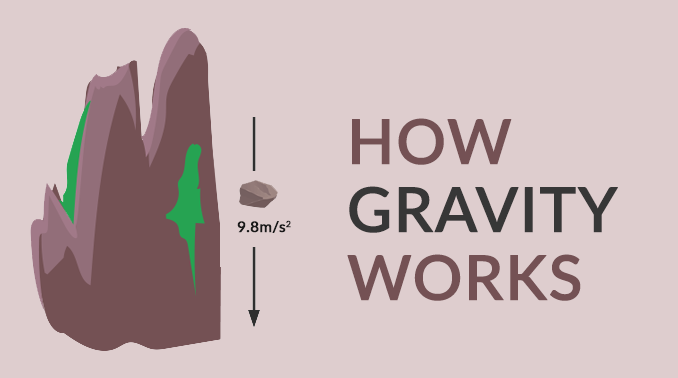
What is Gravity?
What brings order to Earth is gravity. For all matter on Earth, gravity is always at work. In fact, it’s one of the 10 types of forces.
Not only does gravity sculpt planets and the universe, but it’s also why rocks fall downhill. Gravity is always at work on Earth.
Gravity is the constructor of our planet 4.6 billion years ago. Depending on where you are on Earth, gravity varies.
For example, gravity is 9.764 m/s2 in Peru and 9.834 m/s2 in the Arctic. This is because the mass (like mountains) and the bulge at the equator amplify it.
What is the gravity and atmosphere on other planets?
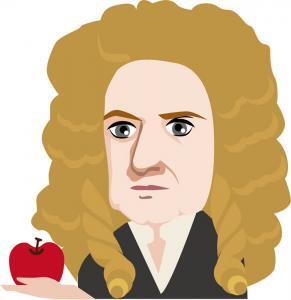
A planet or moon’s gravity dictates the thickness of an atmosphere. There’s a direct relationship between the mass and gravitational pull that an object will yield.
For example, the gravity of the moon is 1/6 of Earth. This makes sense because the moon is much smaller in size compared to the Earth.
This means that the moon is too weak to hold onto an atmosphere. The lack of an atmosphere means its surface gets very hot (117°C) when facing the sun. But it also gets cold (-153°C) when facing away from the sun.
Mars has a thin atmosphere because its gravity is about 1/3 of Earth (3.711 m/s2). But the atmospheric composition of Mars is carbon dioxide (95.0%), Nitrogen (3.0%), and Argon (1.6%). On the other hand, the enormous Jupiter has held onto its original composition. This is because Jupiter’s gravity is large enough to retain light gases like hydrogen and helium.
How is gravity responsible for Earth’s tides and bulge

It’s not only rotation that causes Earth to flatten at the poles. But it’s also from the moon’s gravitational pull. Because the moon is close to the Earth, it stretches the planet where it’s facing.
When the Earth rotates, the bulge shifts on both sides of the planet according to the position of the moon. In full swing, this causes sea levels to rise and fall which are ocean tides.
The side closest to the moon experiences a high tide because the moon pulls the body of water close to it. But because oceans retain a set amount of water, water levels rise in one area and drop in another area.
Despite the sun’s enormous size, it has less of an effect than the moon in influencing ocean tides. Even though the moon is smaller, the moon is closer. So this means that its pull is stronger than the sun.
How is gravity related to escape velocity?

The escape velocity of Earth is the speed at which an object must travel to break free of a planet’s gravitational pull into space.
Like a mason jar, Earth is nearly a closed system. We lose some hydrogen from the atmosphere due to its escape velocity.
And we get the occasional meteor strike. But in general, Earth is a closed system because it doesn’t exchange matter from or to the outside.
However, Earth exchanges energy due to incoming solar radiation. But in terms of matter, little of it leaves or enters Earth’s nearly closed system.
How Gravity Sculpted the Earth
All matter on Earth has gravity. In other words, the gravitational force is always at work – sculpting planets and the universe, as well as why rocks fall downhill.
Gravity is always at work.
This relentless gravitational force is responsible for the celestial dance of planets, the formation of galaxies, and even the way we experience weight and movement on Earth’s surface.
Do you have any questions or comments about gravity or any other phenomena? Please use the comment form below and let us know what’s on your mind.

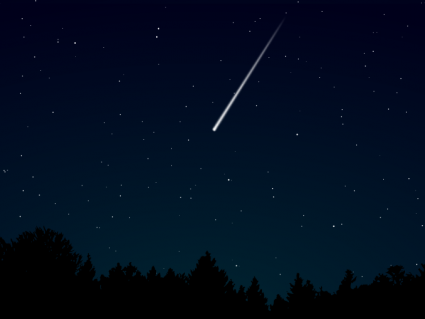
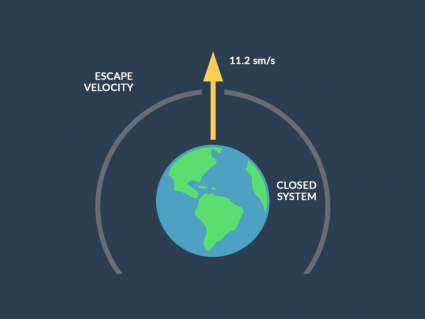
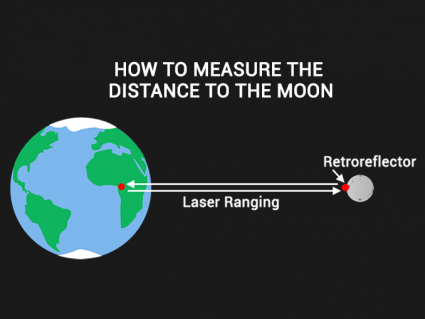
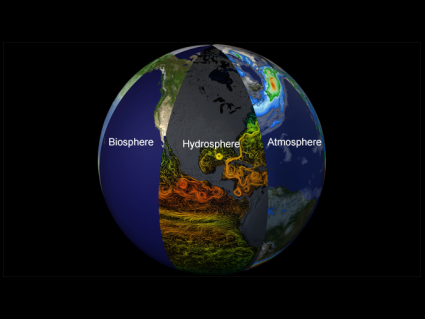
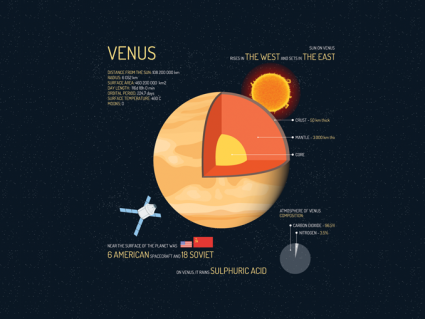
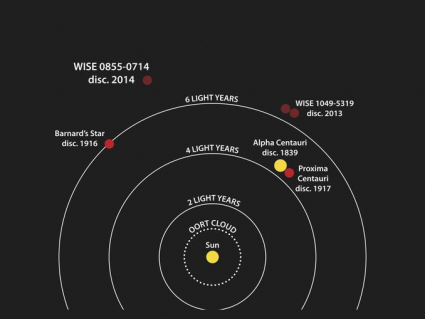
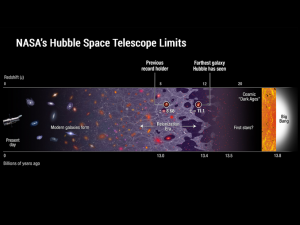
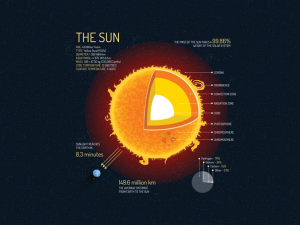
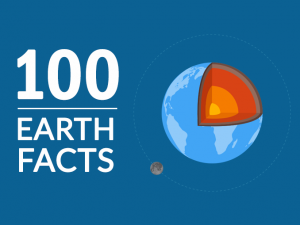
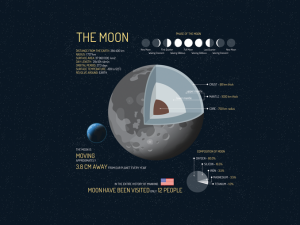

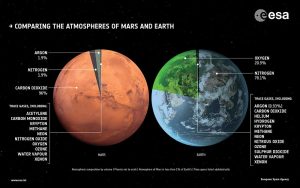
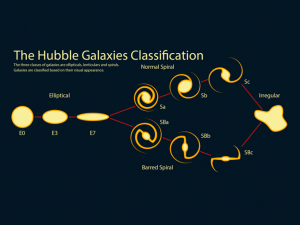
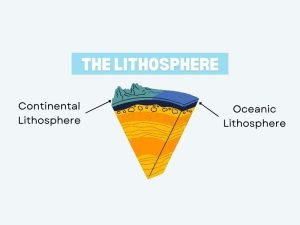
The term gravity is a misnomer. How could you explain liquid, various types of solids, stand him to the Earth?
Sinking in the plane of inertia is undetected in the vacuum of space. So sinking is the same as rising or sliding into something different from the void of which one direction is all there is. No object moves anywhere other than the other way this is to ensure that you don’t collapse. The universe is the same. Everything moves away on its own platform to the same time as you are now. It’s the linear I think I AM that gives you the stinking sinking thinking. Remember gravity can’t keep you from putting up your chin, so what’s really going on?
Gravity changes physics.We try to explain sun through earth physics which is not bad actually. Physics inside a black hole is a mystery. Uranium, Neodymium and many metals abundant on earth are only possible to born in a super-nova. Gravity is monopole means there is only sink … no source. Or maybe there is a source because dark-energy is increasing and has an effect of anti-gravity.